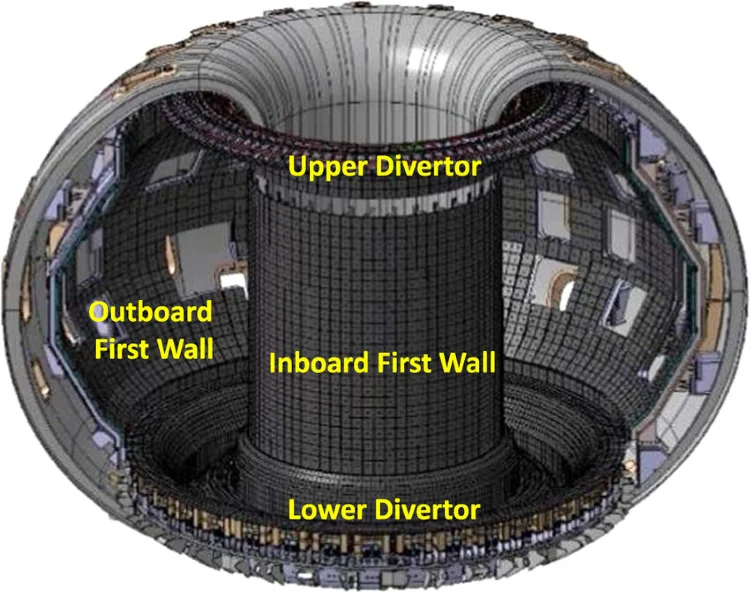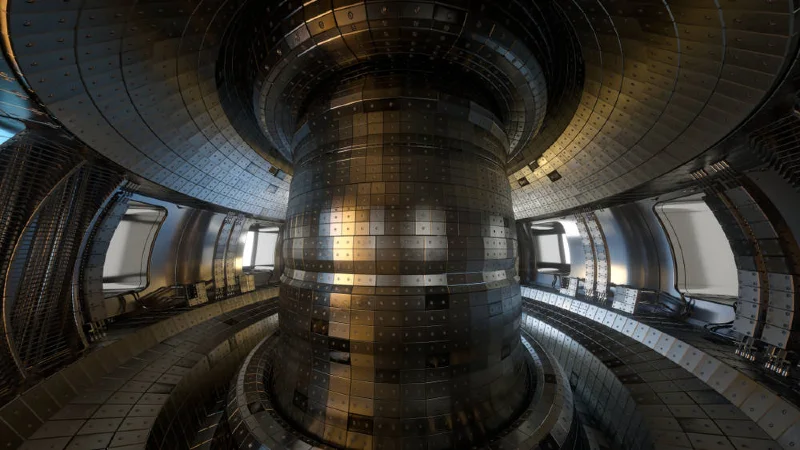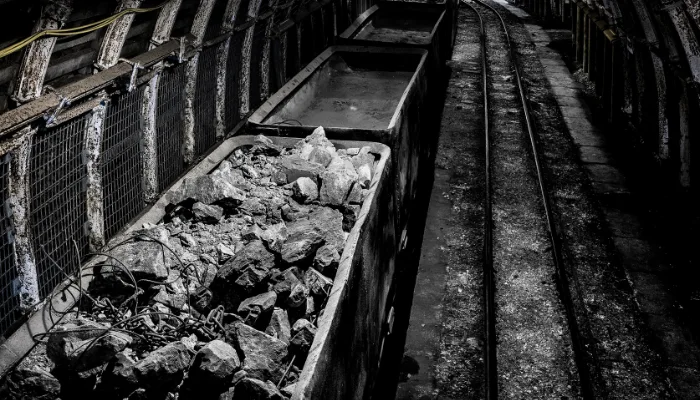Imagine a power source so mighty that it mirrors the sun’s energy generation, right here on Earth. That’s the dream driving the development of experimental fusion reactors like Japan’s JT-60SA, currently the titan of its kind and a beacon of hope in the quest for clean, boundless energy.
JT-60SA: A Japanese Marvel in Nuclear Fusion
Nestled in Naka, Japan, the JT-60SA stands as a testament to human ingenuity in nuclear fusion research. This tokamak, a donut-shaped fusion device, is a joint venture between Japan and the European Union, commanding a price tag of approximately $600 million (560 million Euros). But this behemoth isn’t just about size; it’s about potential. “This is where we push the boundaries,” says Aris Apollonatos from Fusion for Energy, emphasizing its role in advancing fusion science.
The JT-60SA operates by heating gas to extreme temperatures, creating a plasma where hydrogen atoms can merge, releasing immense energy. “It’s like recreating the sun’s core,” an expert might say. With its capability to hold 30% to 40% more plasma than its predecessor, the UK’s Joint European Torus, JT-60SA is a steppingstone towards even grander ambitions in fusion energy.

ITER: The Next Giant Leap
The International Thermonuclear Experimental Reactor (ITER), double the size of JT-60SA, is the upcoming star in the fusion universe. Scheduled to supersede JT-60SA in size and plasma volume, ITER aims to achieve net energy – producing more energy than it consumes. This monumental feat could revolutionize our energy landscape. Imagine a world powered by the same energy as the stars because that’s the potential we have here.
The Role of JT-60SA and Similar Endeavors
JT-60SA’s significance lies in its role as a precursor to ITER and other future projects. “We’re learning, experimenting, and paving the way for ITER and DEMO,” explains Apollonatos. Over the next few years, JT-60SA will undergo enhancements to boost its fusion reaction capabilities, providing invaluable data for the fusion community.

NIF: A Different Approach to Fusion
While JT-60SA uses magnetic confinement (tokamak), the National Ignition Facility (NIF) in the U.S. employs a different method known as inertial confinement fusion, using lasers to ignite fusion reactions. Vincent Tang from NIF highlights their unique contribution: “We’ve achieved a self-sustaining fusion reaction, a crucial step forward.”
NIF’s breakthroughs, though primarily aimed at weapons research, have invigorated interest in inertial confinement fusion as a viable energy source, with the U.S. Department of Energy investing significantly in this area.
How Many Average American Homes Could This Power?
To provide a concrete sense of the potential impact of a fusion reactor like JT-60SA, let’s consider its energy output in terms of how many average American homes it could power for a year. The actual output of JT-60SA is primarily experimental data and insights rather than usable energy, as it’s an experimental reactor. However, for the sake of illustration, let’s assume it could operate like a commercial power plant.
The energy output of fusion reactors is typically measured in megawatts (MW). A standard measure for fusion reactors’ potential is that 1 MW of energy can power about 1,000 homes. However, the exact number of homes a fusion reactor can power depends on its energy output and the average energy consumption of a household.
For instance, if we consider ITER, the forthcoming international fusion project, it aims to produce about 500 MW of fusion power. If we use the rule of thumb that 1 MW can power about 1,000 homes, ITER at peak performance could theoretically power around 500,000 homes.
Translating this to JT-60SA, if we had a similar output, say 500 MW, it would have the same capacity to power half a million homes. Given that the average American household uses about 10,908 kilowatt-hours (kWh) of electricity per year, a reactor with such output could potentially supply these homes with enough energy for a year.
However, we must remember that these figures are speculative and idealistic, as current fusion reactors, including JT-60SA, aren’t yet designed for commercial energy production but are rather tools for advancing fusion technology. The true potential for powering homes will be clearer as fusion technology develops towards practical, energy-producing reactors.
The Fusion Journey: Challenges and Hopes
Both tokamak and inertial confinement fusion face scientific and engineering hurdles before fusion power plants can become a reality.
More To Discover
- The Compostable iPhone Case That Blossoms into Flowers or Herbs
- Fossil Fuel Costs Could Eclipse Transition Expenses, Study Finds
- Bill Gates-Backed Bioscience Firm Will Release a Vital Palm Oil Substitute Called Palmless
- Red Mud Goes Green: How a Simple Process is Turning Mining Waste into Climate-Friendly Steel
We’re not just chasing energy; we’re chasing sustainable, clean energy. The journey is complex, but the goal is clear: to harness the power of the stars for a future where energy is abundant and emission-free.

In essence, JT-60SA and similar projects aren’t just scientific endeavors; they’re beacons of hope in our pursuit of a cleaner, more sustainable future. Through these monumental efforts, we edge closer to unlocking the secrets of the stars, bringing us one step closer to a fusion-powered world.


















